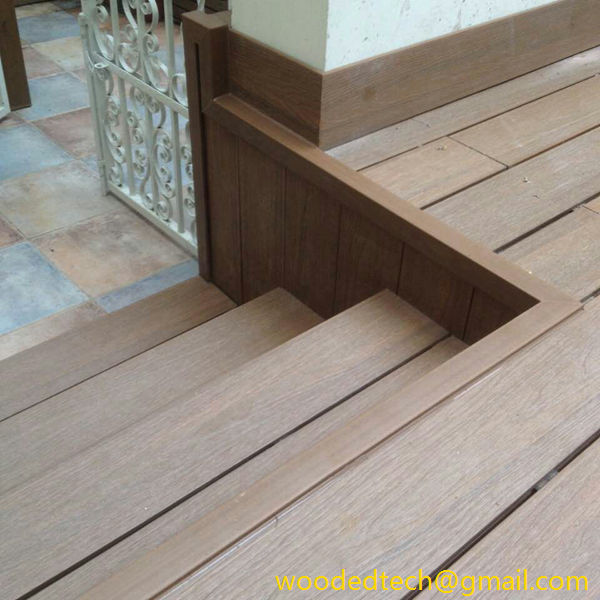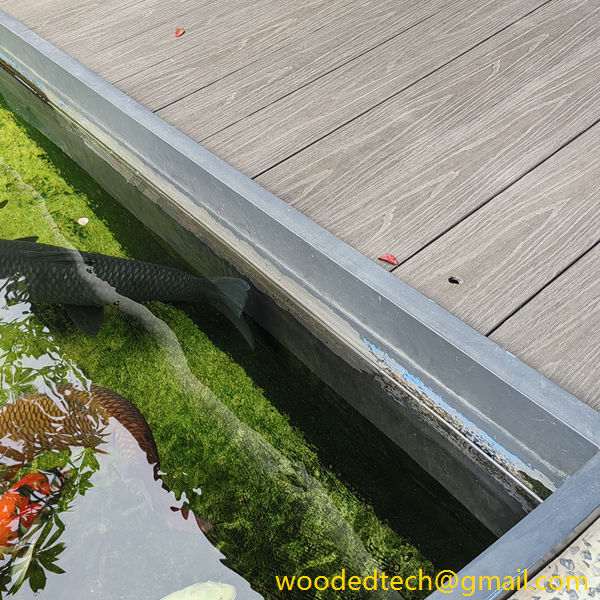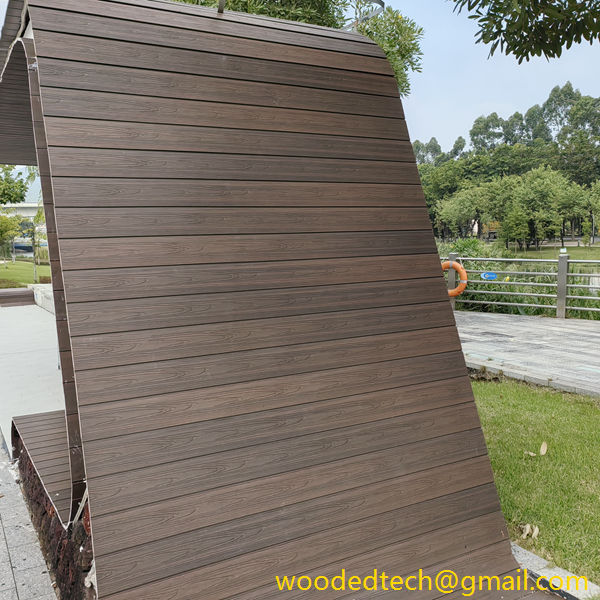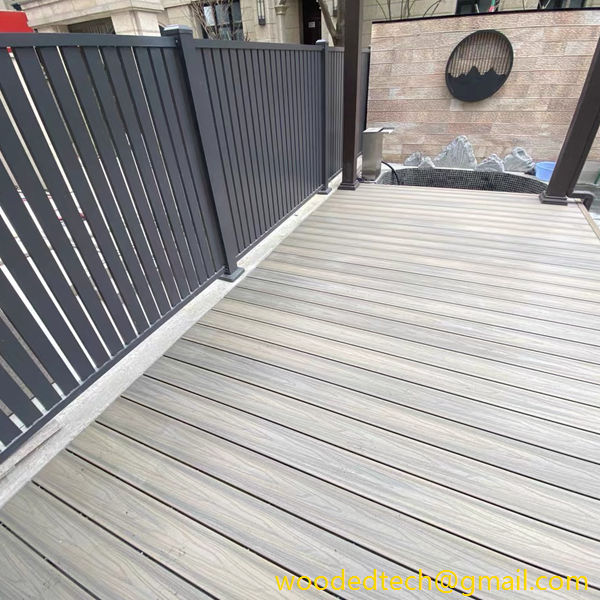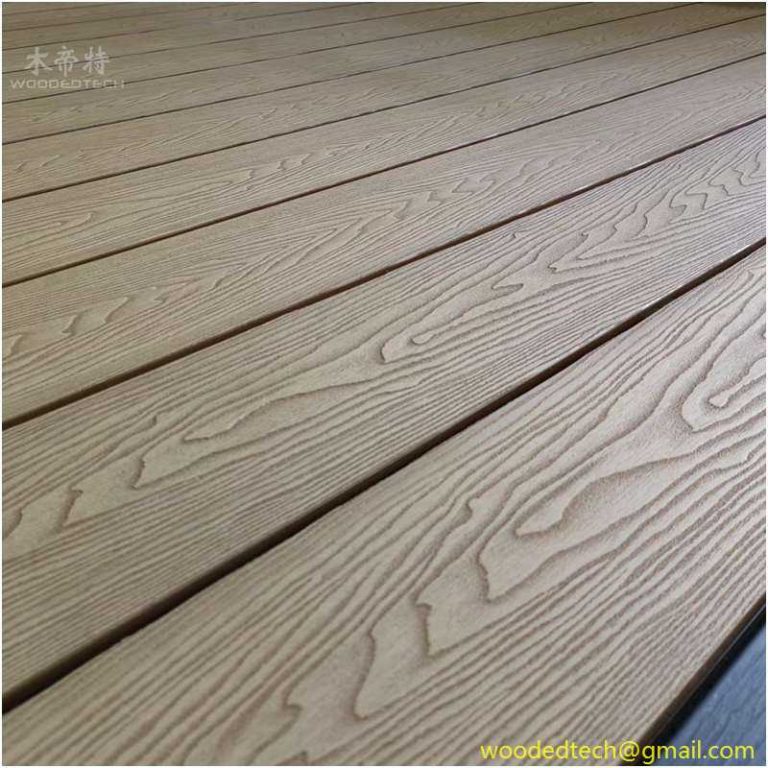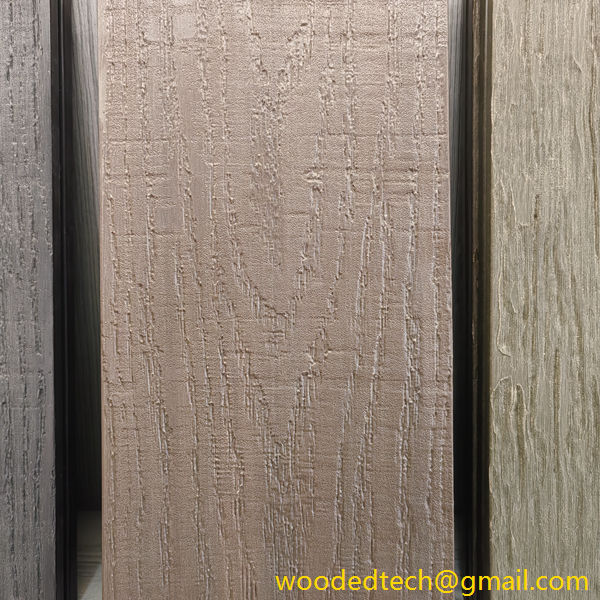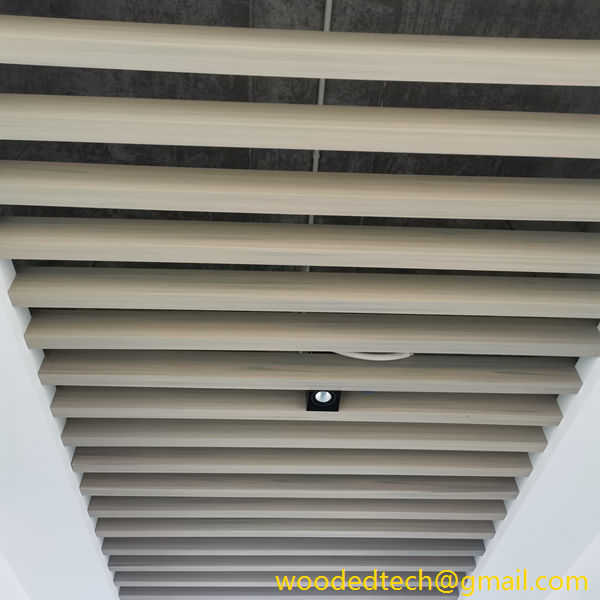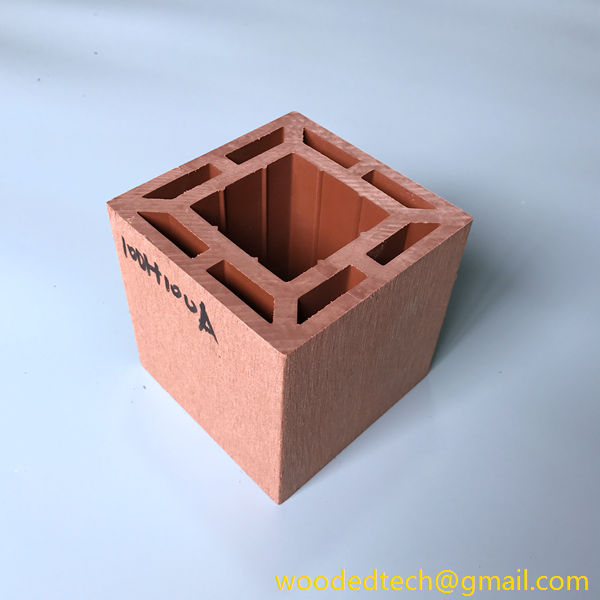Finishing Composite Deck Edges: Tips for Finishing Composite Deck Edges for a Polished Look
Finishing Composite Deck Edges: Tips for Finishing Composite Deck Edges for a Polished Look Composite decking has surged in popularity over the past decade, primarily due to its durability, low maintenance requirements, and elegant appearance. Unlike traditional wood decking, composite materials are engineered to withstand the elements, resist fading, and require minimal upkeep. However, one…
Finishing Composite Deck Edges: Tips for Finishing Composite Deck Edges for a Polished Look
Composite decking has surged in popularity over the past decade, primarily due to its durability, low maintenance requirements, and elegant appearance. Unlike traditional wood decking, composite materials are engineered to withstand the elements, resist fading, and require minimal upkeep. However, one aspect of composite decking that can make or break the overall aesthetic is the finishing of the edges. Properly finished edges not only enhance the visual appeal of the deck but also contribute to its longevity. Here are some tips for achieving polished and professional-looking composite deck edges.
Before diving into the finishing techniques, it’s essential to understand what composite decking is made of. Essentially, composite decking is a blend of wood fibers and recycled plastic. This combination results in a material that offers the warmth of wood but with significantly improved durability. Due to its unique properties, composite decking can be more forgiving when it comes to cuts and finishes compared to traditional wood, but it still requires careful handling to achieve a professional finish.
To achieve the best results when finishing composite deck edges, having the right tools and materials is crucial. Here are some items you may need:
– Composite decking boards
– Circular saw or miter saw
– Composite-specific screws
– Sanding block or power sander
– Composite deck edge trim
– Adhesive for composites (if needed)
– Safety goggles and dust mask
Having these tools at your disposal will make the process smoother and ensure that you can achieve a polished look.
The first step in finishing your composite deck edges is ensuring that the cuts are clean and precise. When cutting composite decking, it is essential to use a high-quality saw blade designed for cutting composite materials. A fine-toothed blade will help minimize chipping and splintering, which can detract from the finished appearance.
When making your cuts, take your time and ensure that each piece fits snugly against the next. If necessary, use a straight edge to guide your saw for a clean line. Remember that composite materials can expand and contract with temperature changes, so leaving a small gap between boards may be advisable to accommodate this natural movement.
After cutting the edges, the next step is sanding. This step is crucial for achieving a smooth finish that looks polished and professional. Use a sanding block or power sander with a fine-grit sandpaper to gently smooth the edges. Pay special attention to any rough spots or areas where the material may have chipped during cutting. Sanding not only improves the appearance but also helps prevent any potential splinters or rough edges that could be uncomfortable or unsafe.
Always wear safety goggles and a dust mask during sanding to protect yourself from fine particulate matter. Cleaning the area afterward will also help in assessing your work and ensuring that no dust or debris is left behind.
One of the most effective ways to finish composite deck edges is by using edge trim. Edge trims are designed specifically for composite decking and can add a clean, finished look to your deck. They come in various styles and colors, allowing you to choose an option that complements your deck’s design.
To apply edge trim, measure the length of each edge that requires finishing and cut the trim to size. Use composite-specific adhesive to secure the trim in place, ensuring a tight fit. You can also use composite screws if extra durability is required. Once the trim is installed, it will not only enhance the appearance of the edges but also provide additional protection against moisture and wear.
While composite decking is inherently resistant to moisture and decay, applying a sealant can provide an extra layer of protection for the edges, especially in areas with high moisture exposure. Choose a sealant designed for composite materials to ensure compatibility.
Before applying the sealant, ensure that the surface is clean and dry. Use a paintbrush or roller to apply the sealant evenly along the edges, taking care not to overapply. Allow the sealant to dry according to the manufacturer’s instructions. This additional step will enhance the longevity of your deck and maintain its polished appearance over time.
Once your composite deck edges are finished, it is essential to maintain them regularly. While composite materials are low-maintenance, periodic cleaning will help keep your deck looking its best. Use a mild soap and water solution to clean the surface, and avoid harsh chemicals that could damage the finish.
Inspect the edges periodically for any signs of wear or damage. If you notice any issues, address them promptly to prevent further deterioration. Keeping the edges clean and well-maintained will ensure that your composite deck remains an attractive feature of your home for years to come.
Finishing composite deck edges is a critical step in creating a polished and professional-looking outdoor space. With the right tools, careful cutting, sanding, and the application of edge trim and sealant, homeowners can achieve a beautiful finish that enhances the overall aesthetic of their decks. By regularly maintaining your composite deck edges, you can ensure that they remain an attractive and functional feature of your home for many seasons to come. As the market for composite decking continues to grow, mastering these finishing techniques will set your project apart and provide lasting satisfaction.

